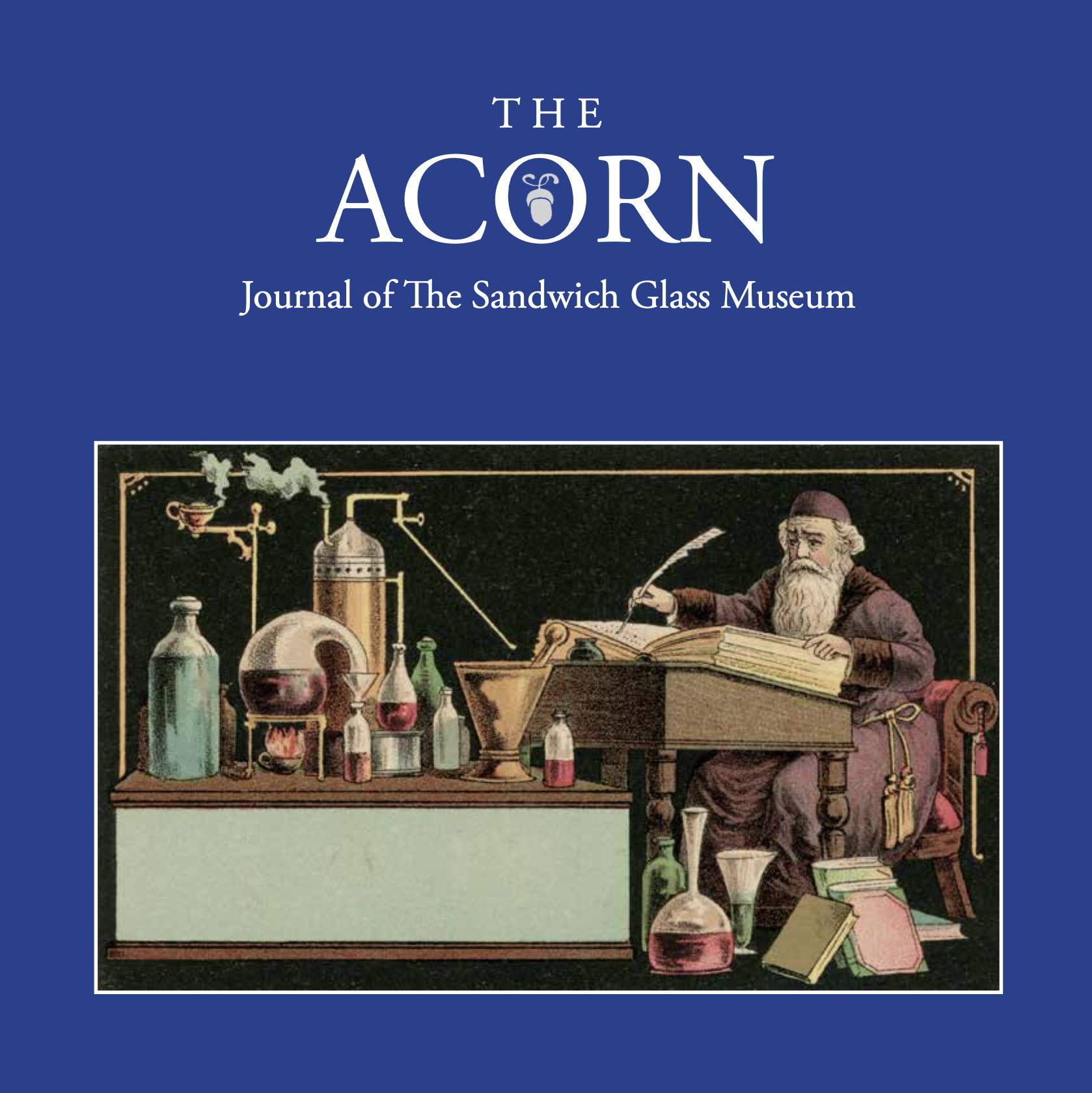
Dorcas Armstrong
A bit of town history preserved in our archives: this old photo depicts Dorcas Armstrong nearly 100 years ago. Dorcas’s family ran the Meadow Spring Farm for over a century. The Farm is now managed by the Sandwich Conservation Trust.
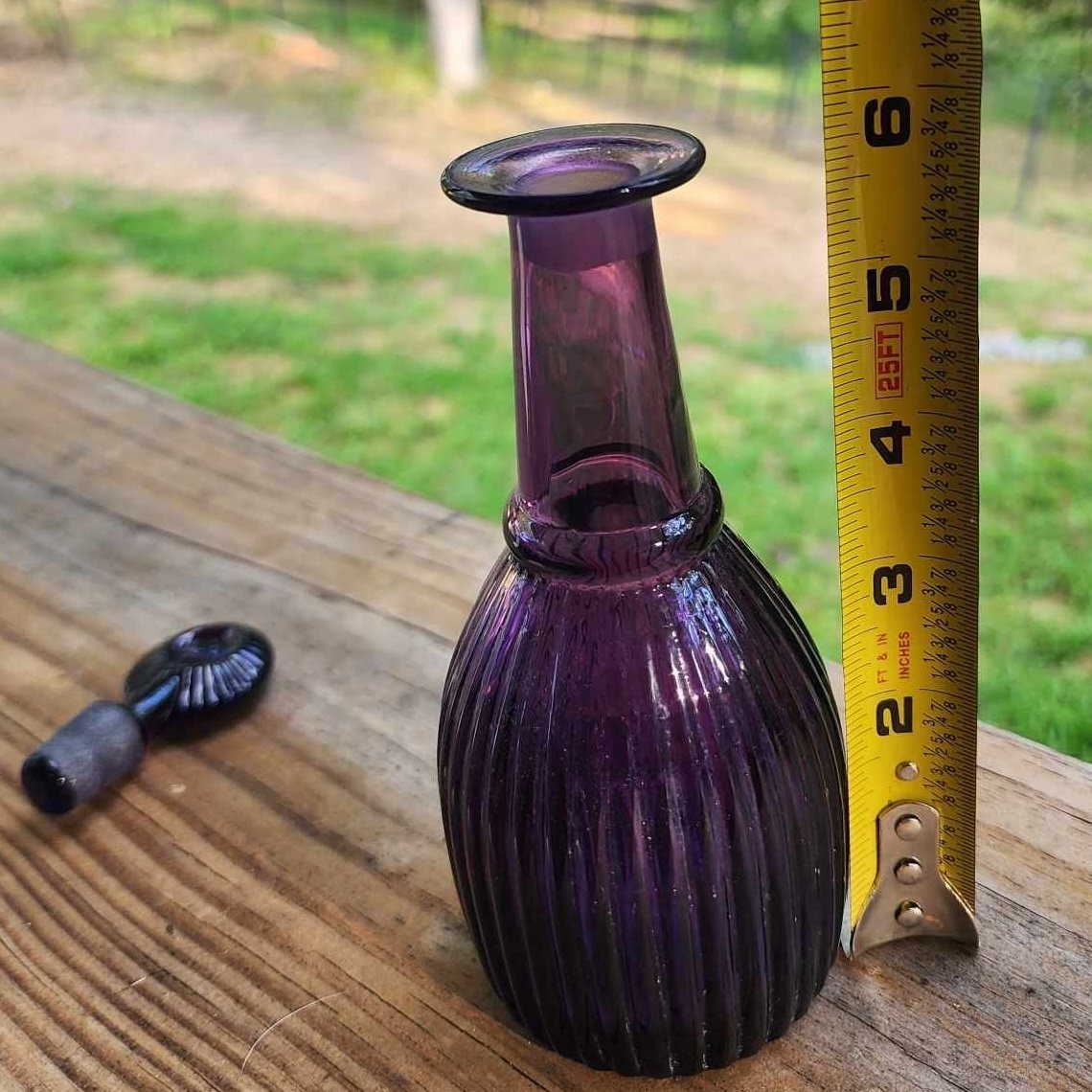

What is this thing?
Today on "what is that thing", we present a quirky historical artifact from our collection.

The Hyper-specific Cup Plate
So many cup plates! They seem to have been so popular in the mid 1800s that everyone was coming up with their own custom designs.
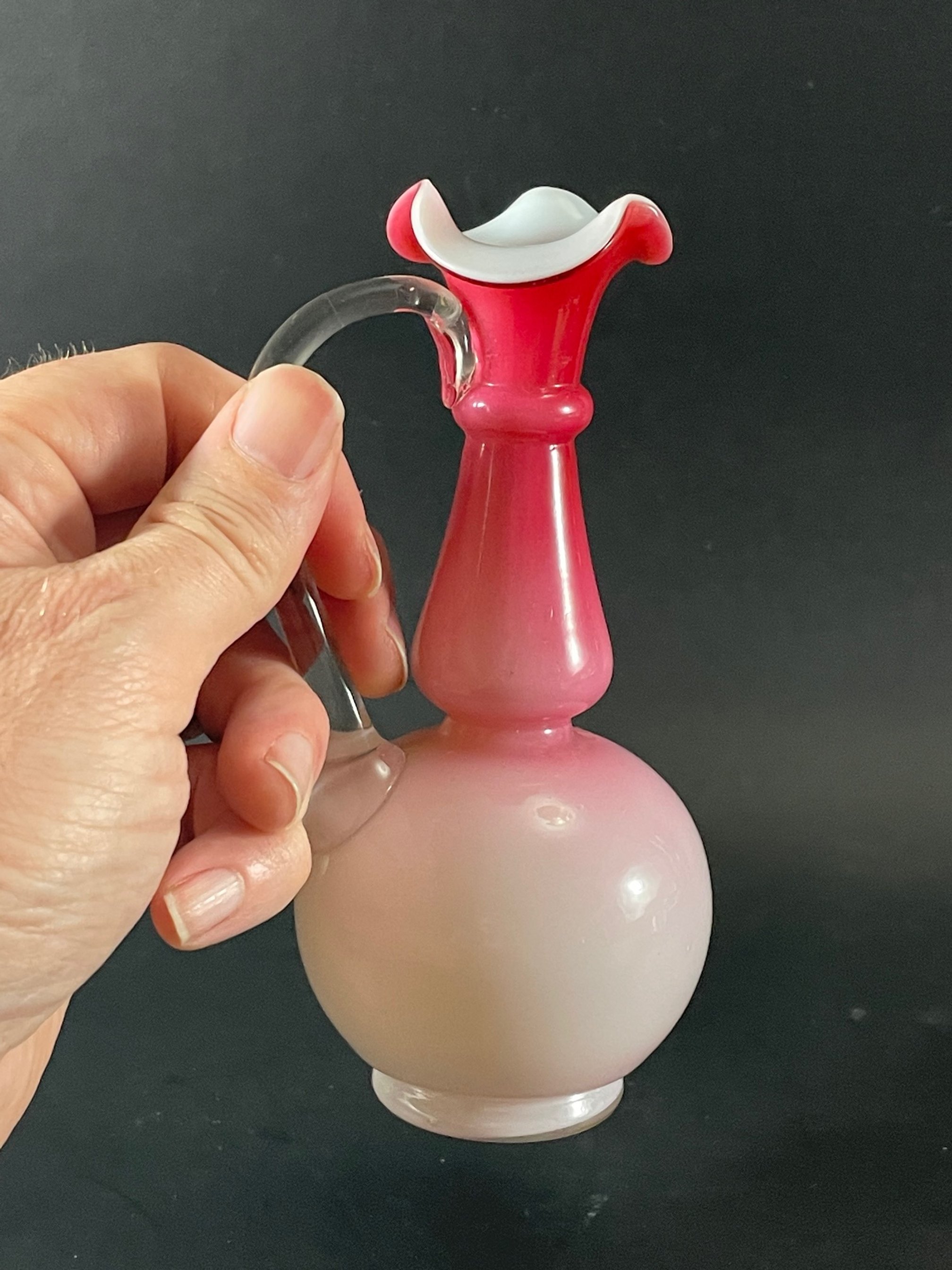
Original, or knockoff?
Several American factories produced Peachblow glass, which had a surface that shaded from opaque cream to pink or red, sometimes over opaque white. This glass was made in imitation of the Morgan Vase, a famous 18th-century Chinese peachbloom porcelain vase that sold at auction in 1886 for the astonishing price of $18,000. The sale was widely reported, and glass and pottery manufacturers raced to capitalize on the publicity by producing objects that resembled the famous vase in shape and color.
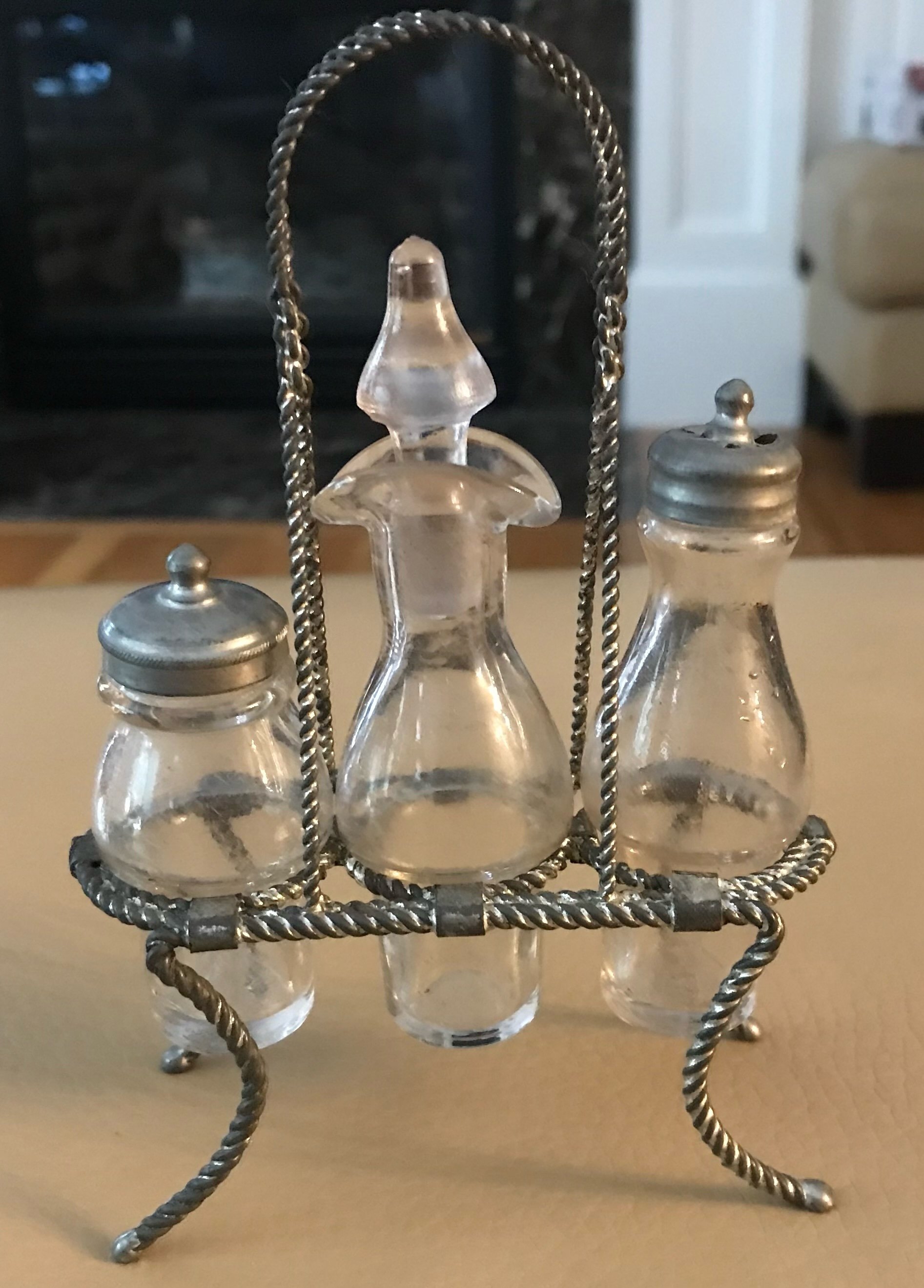
Children’s Toy
In the mid 1800s it was considered perfectly acceptable to give a child an elaborately designed miniature of a real household item, presumably on the assumption that children where just adults in miniature. And The Boston and Sandwich Glass Company was astute enough to cater to this market. We found out about this when we were asked for help in identifying a child’s toy found in estate sale in northern Vermont. Measuring only 3” high, this diminutive playset is lovingly crafted, and apparently sturdy enough in construction that at least one of them has survived to the present day.
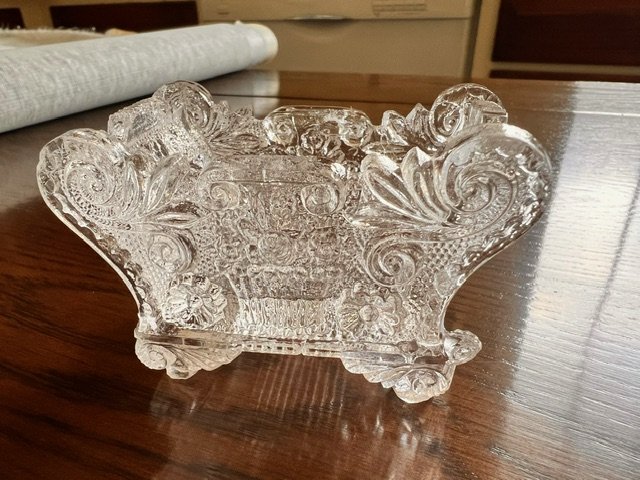
Basket of Flowers
We were contacted recently by someone who was wondering whether her salt cellar was made by the Boston and Sandwich Glass Company. And the answer was: yes! The “Basket of Flowers” salt cellar was a popular item, and when you look closely at the photo you can see why - the level of detail and ornamentation is really quite extraordinary. A cut glass dish with similar fine detail and complexity would take countless hours to make, if it was even possible. No wonder these charming salt dishes were considered “de rigeur” on the dining table of New England Victorian homes.

Charles Washington Lapham
In 1825, at the age of sixteen, Charles Washington Lapham began his lifelong career at the Sandwich glass factory. The factory was built in Sandwich in 1825 by Deming Jarves as the Sandwich Glass Manufactory. Charles was granted the honor of gathering the first piece of glass at the factory’s opening on July 4th, 1825. Charles began as an apprentice at the factory and eventually became a glassblower, working his way to the position of glasshouse overseer (foreman) and assistant to Theodore Kern, the glasshouse superintendent. He remained with the company for over 50 years until he was forced to retire in 1878 due to an eye injury.

On Display in Belgium
We recently received a request from a gentleman in Liège Belgium asking for an image of the old glass factory for the paperweight exhibit he is curating. So next time you're in Belgium, pop into the Diocesan Museum of Liège and look for the paperweight on display there from our own Boston & Sandwich Glass Company, along with the photo of the engraving we sent them, captioned
“Engraving of the Boston and Sandwich Glass Company, courtesy of the Sandwich Glass Museum Archives”

Meet Jane
Volunteer Archivist Jane Martell has been with the Sandwich Glass Museum for over 20 years. Initially recruited to do data entry, she is the architect of our current modern collections digital record system and the author of most of our digital records. Her savvy choice of Past Perfect is what allowed us to roll out an online public search of our holdings last month!

Meet Olivia
Meet Olivia Padula, the dynamic and talented Curator of Collections for the Sandwich Historical Society and its Glass Museum.

Opening the Vault
Since its foundation in 1907, the SHS has been collecting antique Sandwich Glass, household objects, paintings, photos and other memorabilia that tell the rich story of the Boston & Sandwich Glass Co., Sandwich, and Cape Cod. Many of the items in our vast collection haven’t been on display in years, but with recent upgrades to our digital database, we are now able to make these items searchable.
History is meant to be shared!
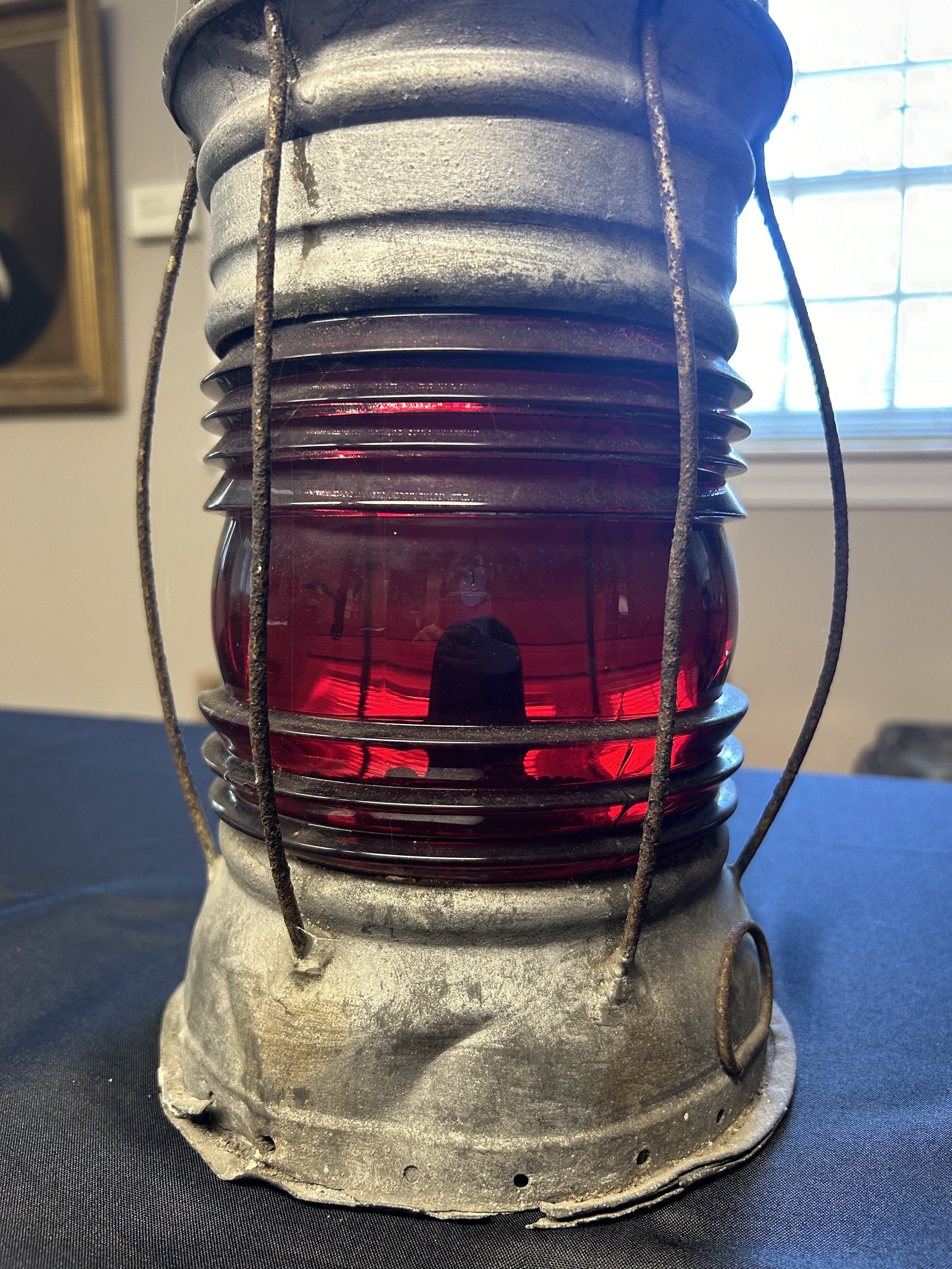
Nobska Lighthouse’s Fresnel Lens
Was the Fresnel Lens at the Nobska lighthouse manufactured in Sandwich by the Boston & Sandwich Glass Company? Impossible to say for sure without written documentation of a sale, but given the timing of the purchase and the production schedule of the glass factory, it is certainly possible.
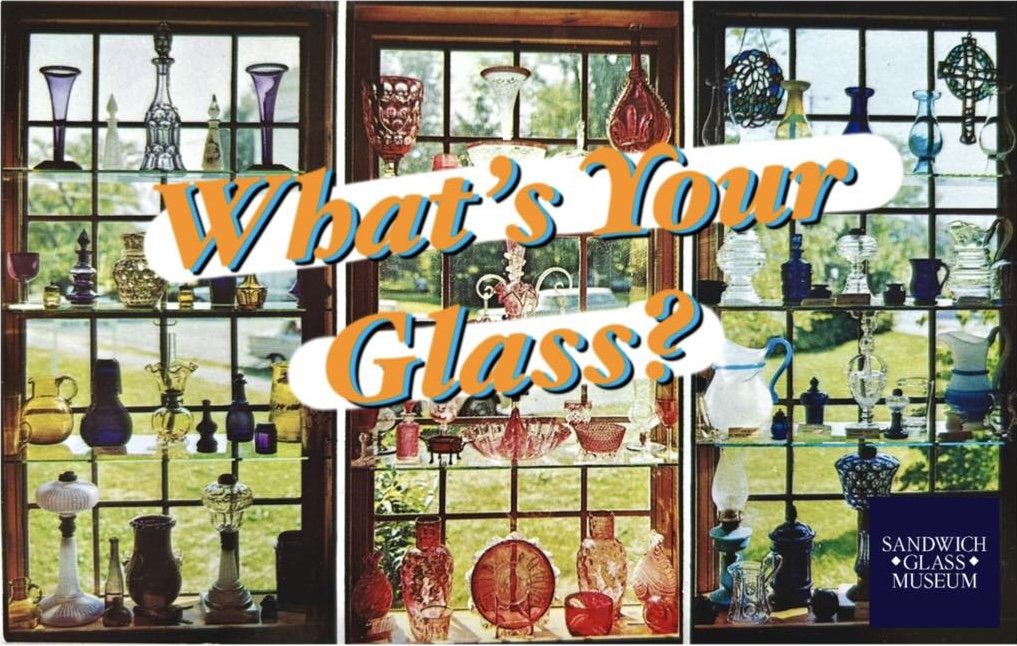
What’s Your Glass?
The Sandwich Historical Society is excited to present a special glass identification event: What’s Your Glass? Join us Saturday June 15th from 10am-2pm in the Hirschmann Theater at the Sandwich Glass Museum to learn more about your personal glass collection.
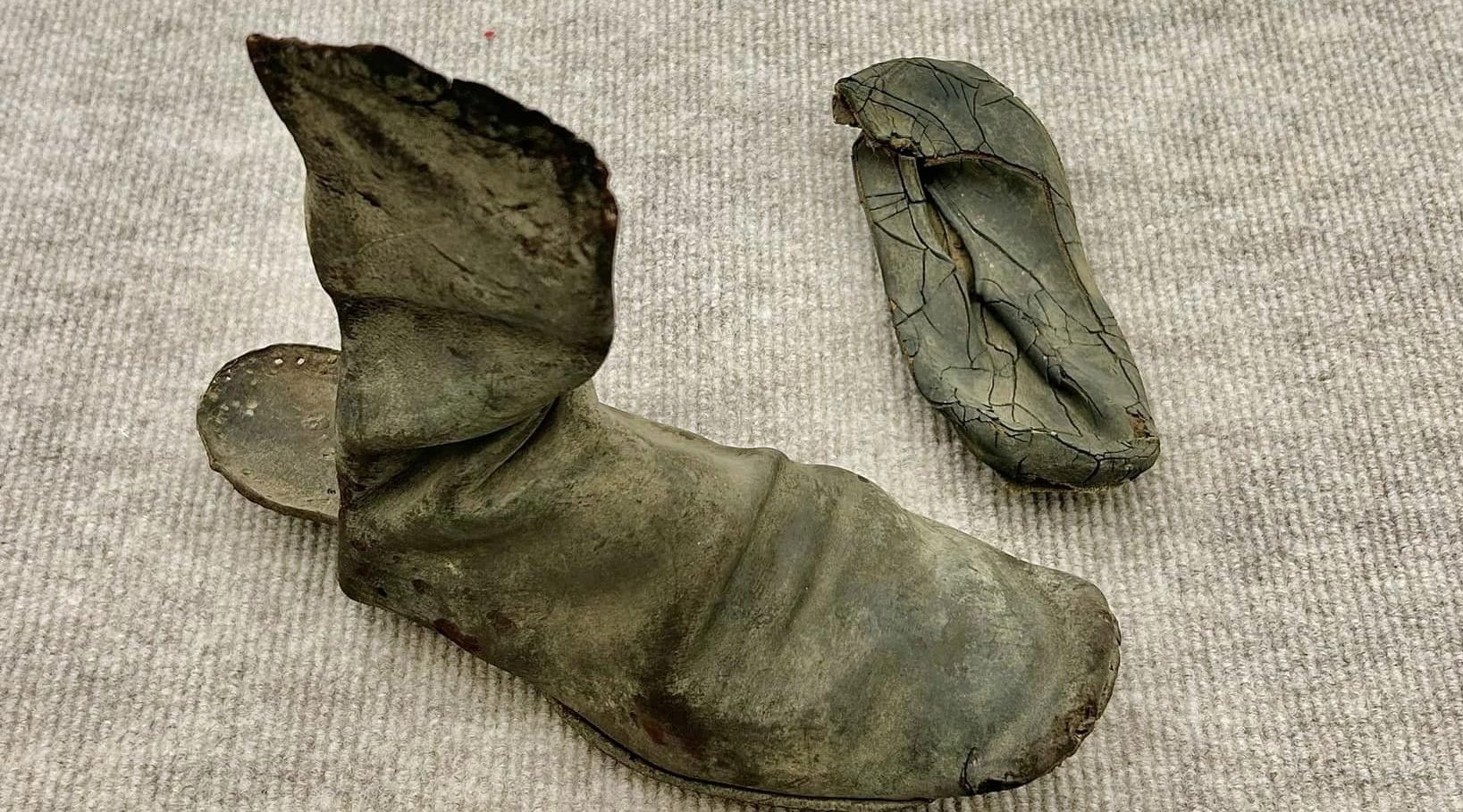
I found a shoe in my wall!
The Sandwich Historical Society recently received an old leather shoe as a gift from a local resident. The shoe was found inside the wall during work on the house, prompting the question: why was there a shoe in the wall? Did it get lost when the house was being built, or perhaps it was a silly joke left by the previous owners?
As it turns out, the shoe was most likely placed there intentionally during the construction of the house as a way to ward off evil.

Sandwich Town History
Settled in 1637 and incorporated in 1639, Sandwich is the oldest town on Cape Cod. Originally settled by the English, Sandwich became an agricultural community, the main export of which was timber sent back to England. Even during the American Revolution, it remained a primarily agrarian community, supplemented by coastal fishing. But in 1825, the landscape of Sandwich would drastically change because of Deming Jarves, a Boston businessman and former agent of the New England Glass Company of East Cambridge, Massachusetts.







